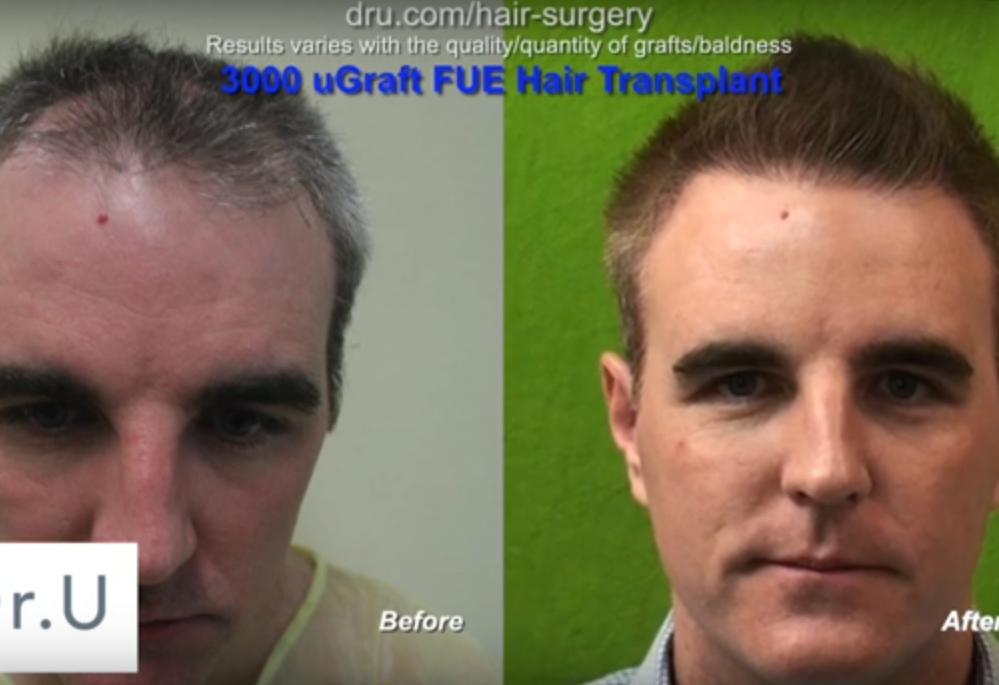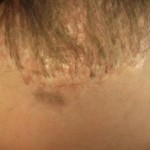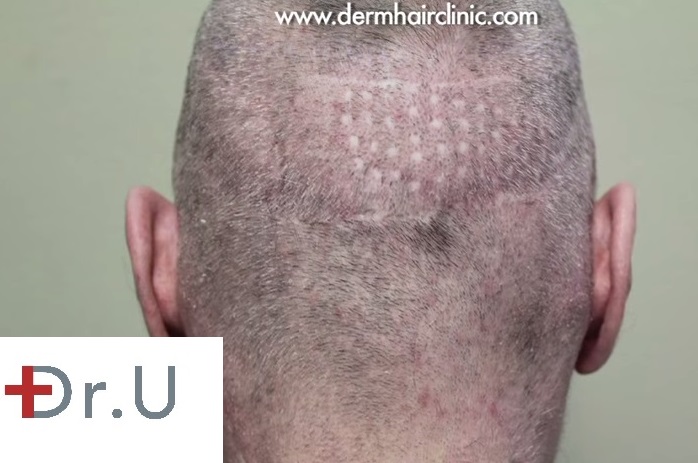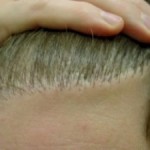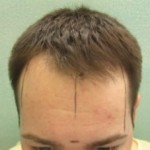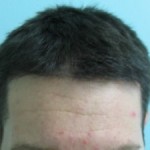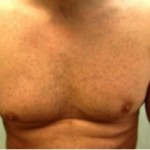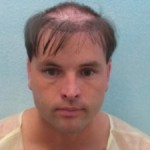- Medications: Food and Drug Administration has approved two drugs for the treatment of patterned baldness or androgenetic alopecia: Minoxidil and Finasteride
- Genetic and cell based approach: There are also new strides being made in the field of genetics, with interest in applying the principles of gene therapy to treat alopecia. Work also continues in hair cloning research.
- Non surgical Hair replacement by use of prosthesis and camouflage: This entails the use of inanimate objects and substances to cover the appearance of baldness. Examples include hairpieces, couvre, toppiks etc
- Laser hair Growth stimulation: Low level laser treatment applied over the bald scalp to ostensibly stimulate hair growth.
- Surgery: This remains the mainstay of hair restoration. There are three main surgeries that have been used to treat baldness:
- scalp reduction
- temporoparieto-occipital (TPO) flaps and other variations of flaps
- Hair transplantation
Currently, hair transplantation has emerged as the gold standard of hair restoration surgery, as scalp reduction and TPOs have fallen into disfavor and are hardly practiced because of higher incidence of complications and unacceptable cosmesis.
OUT DATED HAIR RESTORATION SURGERY METHODS:
SCALP REDUCTION AND TEMPORO-PARIETAL FLAPS
Scalp reduction and Flaps surgeries are no longer a popular form of hair restoration surgery because of higher complication rates and unacceptable results. Dr Umar does not perform these procedures and specializes in repairing patients who have suffered poor outcomes as a result of this and other antiquated procedures. Generally, flaps and scalp reductions may still have a role to play in selected cases of burns, accidents or congenital birth disorders.
Scalp Reduction:
Scalp reduction surgery is based on the idea of surgically removing or reducing the area of baldness to give the appearance of restored hair. There are four basic types of scalp reduction that can be performed, based on the pattern of excision (Figure 1):
- Midline sagittal ellipse
- Y-Pattern
- Paramedian pattern
- Circumferential pattern
Scalp reduction is done by first cutting under the skin of the area of baldness to create a looser skin. This allows for movement of the skin, which is then brought over the eventually excised bald area. The area of baldness is then excised and the hair-bearing area is brought over the excised area and the wound is closed. For hair restoration purposes, scalp reduction for is most applicable in reducing alopecia in the vertex areas and not as applicable in patients with extensive crown baldness. Scalp reduction is an invasive surgery and is contraindicated in patients with impaired wound healing, tendency to bleed, or those on anticoagulant treatment.
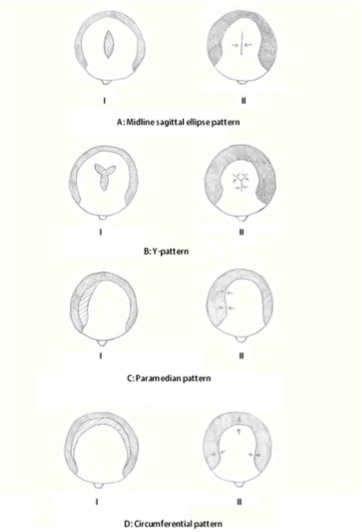
It is also relatively contraindicated in those with poor scalp laxity. Although this procedure can be effective in quickly attaining the appearance of hair restoration, it has numerous disadvantages. This includes and is not limited to:
- Elevation of the periauricular hairline.
- Stretch-back of the skin, resulting in a return of the alopecic area.
- Stretching may also result in a reduction of donor hair density on the scalp.
- Slot formation (Figure 1a) may also occur. This happens when hairs that have divergent directions of growth are brought together.
- Necrosis
- Scar expansion
- Scar alopecia
- Hyposthesia, or loss of sensation
Temporoparieto-occipital (TPO) Flaps:
In order to provide hair restoration to the hairline, front and mid-top portions of the bald head, TPO flaps, or Juri flaps, are hair-bearing flaps that are taken mainly from the side of the scalp and rotated. (Figure 2). The harnessed flap relies on the posterior branch of the superficial temporal artery for blood supply and it can be up to 24cm long, which is enough to span entire frontal hairline. Juri was the first to perform this type of hair restoration surgery in 1975. This procedure also suffers from the same issues as scalp reduction with additional, unique disadvantages:
- The hair of the flap being in the opposite direction from the rest of the head hair (Figure 2a).
- A scar at the anterior hairline (Figure 2a).
- An abrupt, harsh, and sharply defined hairline that appears very unnatural (Figure 2a).
- An elevated periauricular (around the ears) and nape hairline.
- Permanent hyposthesia.
- The need for further surgeries related to the hair restoration: two delay surgeries and a dog-ear revision must also be subsequently done after a flap procedure.
- Progression of hair loss, which may result in donor site scars becoming visible, or bald areas appearing behind the flap (Jandali & Low, 2010).
- The spinal accessory nerve may be injured during the procedure, leading to weakness in the trapezius muscle.
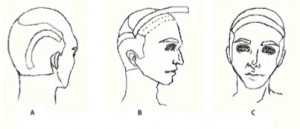
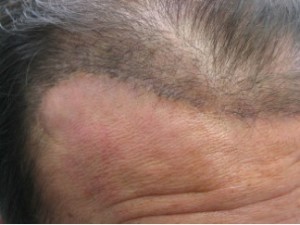
LOS ANGELES HAIR RESTORATION BY HAIR TRANSPLANTATION
Hair transplantation has become the gold standard for surgical hair restoration therapy. Older hair transplantation techniques included the use of punch grafts and mini and micrografts, however, these techniques are now outdated.
Punch Grafts:
Punch grafts invariably resulted in Doll’s hair (Figure 4) which has unfortunately become the signature mark of hair transplantation in the eyes of many in the lay public. It also resulted in unacceptable scarring in the back of the head (Figure 3A and 5). This usually consists of multiple large 4mm sized bald scars in the back of and sides of the head, which is not ideal for hair restoration.
Minigrafts and Micrografts:
While mini and micro grafts represented an improvement over the punch graft method, it also resulted in unnaturally harsh looking pluggy hairlines (Figure 6).
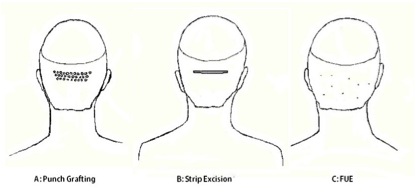
|
|
|
Follicular Unit Transplantation:
Current hair transplantation entails the grafting of follicular Units (FU) which are the naturally occurring hair groupings first described by Headington in 1984. The concept of grafting hair in these natural groupings (FU) was first introduced by Bobby Limmer. This is called Follicular Unit Transplantation (FUT). There are two methods of FUT:
- Follicular unit strip surgery (FUSS) or strip surgery
- Follicular unit extraction (FUE)
Strip Excision Method:
This hair loss treatment method involves an elliptical strip of hair, bearing a piece of scalp flesh, being removed from the back and sides of the head (Figure 3B as well as Figure 7 a and 7b ) . The strip is then further divided into smaller grafts that are transplanted into the recipient area. Follicular hair units are harvested from these strips of scalp flesh by dissecting them under a microscope. The strip excision method guarantees the formation of a linear scar which the patient will always want to hide. Furthermore, these scars can stretch (Figure 8).
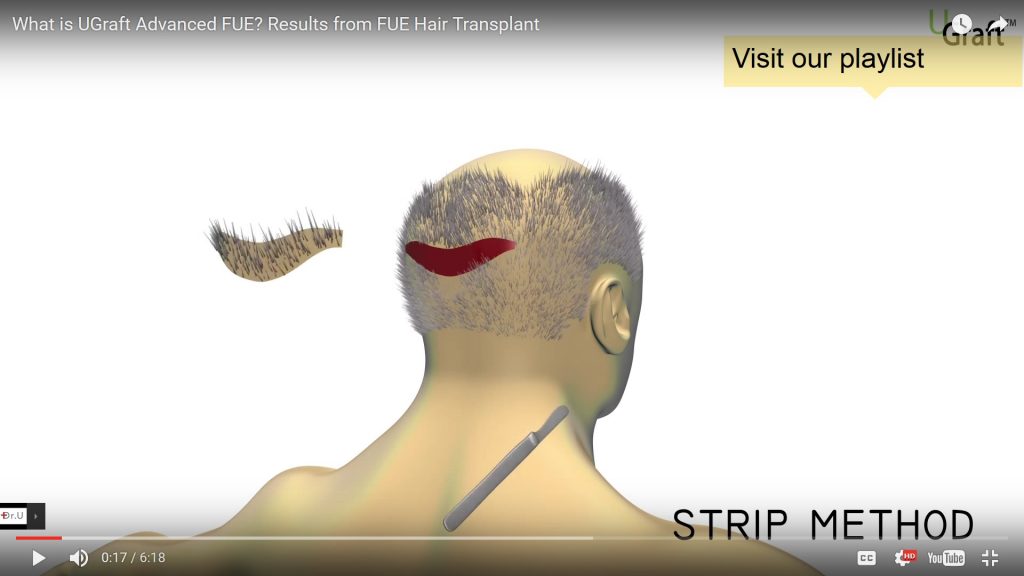
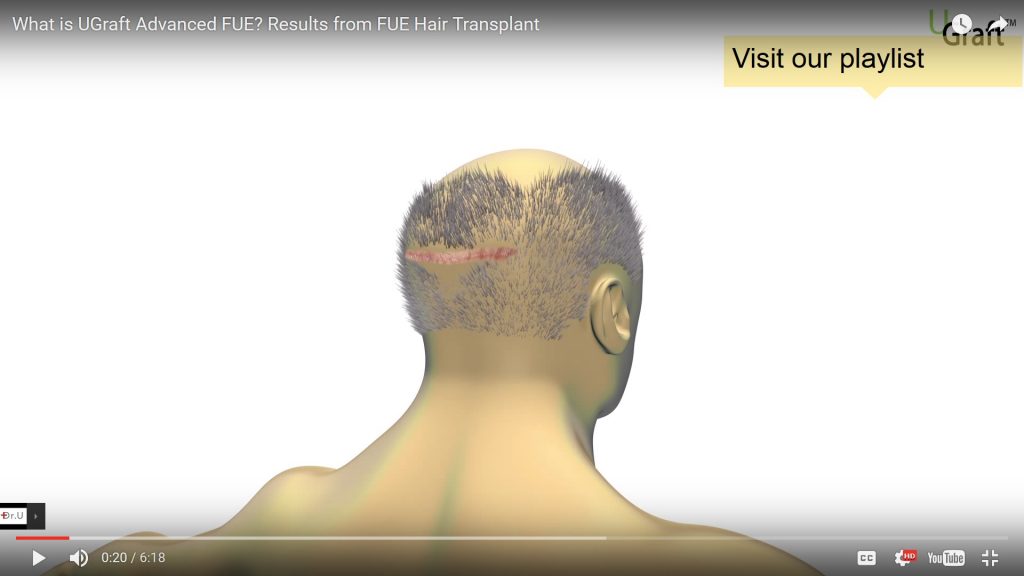
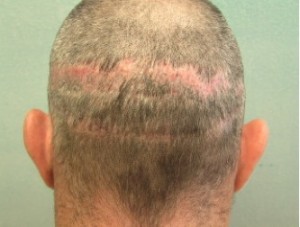
Follicular Unit Extraction – FUE:
Follicular Unit Extraction also called FUE is a newer method of hair transplantation surgery in which follicular units (FU), natural groupings of one to four hairs on the scalp, are first extracted with tiny punches and subsequently transplanted into the recipient area. This method of hair transplantation was first discovered by Innaba in the 1980s. There are two forms of FUE hair transplantation: 1. Basic FUE and 2. Advanced FUE. Here is a video explaining Dr U’s UGraft advanced FUE hair transplantation method:
Basic FUE is advantageous in that it does not produce a linear scar in the donor areas. Rather, very tiny round scars are formed that are cosmetically insignificant in typical cases (Figure 9). The recipient area results in a healthy-looking scalp because FUE leads to the harvesting of natural groupings of follicular units. Thus, this hair restoration results in natural, soft hair that is not pluggy (Figures 10a and 10b). Basic FUE however has limitations which have been overcome by UGraft advanced FUE
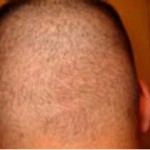
|
|
UGraft Body Hair Transplantation:
In a more advanced method of FUE called UGraft, Dr Umar has expanded the donor supply of the patient. Using beard and body hair as donor areas greatly improves the potential success rate for hair restoration. The use of non head hair for the purpose of transplanting bald scalp areas is popularly referred to as body hair transplantation (BHT) or body to scalp transplantation (Figure 11a, b and c). The expansion of the donor pool from BHT, according to Dr. Umar, is useful in patients with relative or absolute lack of head donor supply. Potential candidates would be patients whose baldness is too severe for head donor hair alone to achieve hair restoration. Patients who, as a result of previous hair surgeries, accidents or burns, have lost their head donor supply would be potential candidates as well.
|
|
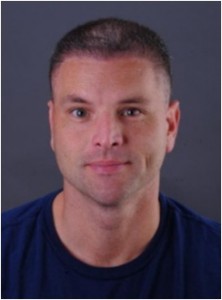
FUE generally requires a higher skill set to perform successfully while body hair transplantation is not possible in people who lack the supply of good quality body or beard hair. The use of vacuum-based speed devices for FUE is fraught with many problems that may compromise the growth rate as well as the quality of the result.
Hair restoration has, throughout history, been important for patients. This has resulted in the development of many different surgical procedures to reduce hair loss. Scalp reduction and the use of temporoparieto-occipital flaps are now largely obsolete procedures, although they are sometimes used for traumatic or iatrogenic head hair loss such as in burn victims. Hair transplantation has taken over as the most widely-used hair restoration surgery method due to its superior medical and cosmetic outcomes. Future trends in hair restoration surgery point to FUE becoming the standard due to consumer driven demand for a procedure that results in less visible scarring. Body hair transplantation in suitable patients would be an option for the severely bald, pending the perfection of cell based and other cloning technologies.
Photographic Examples Of LOS ANGELES HAIR RESTORATION By Dr Umar
Patient #1
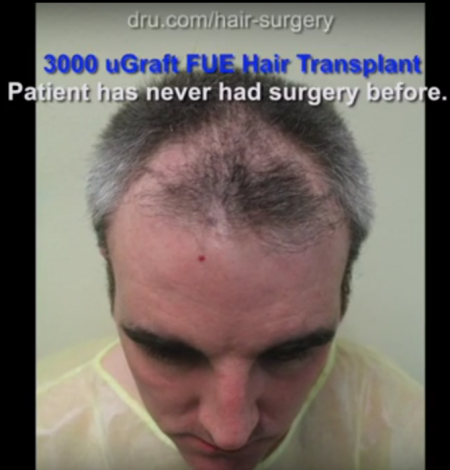
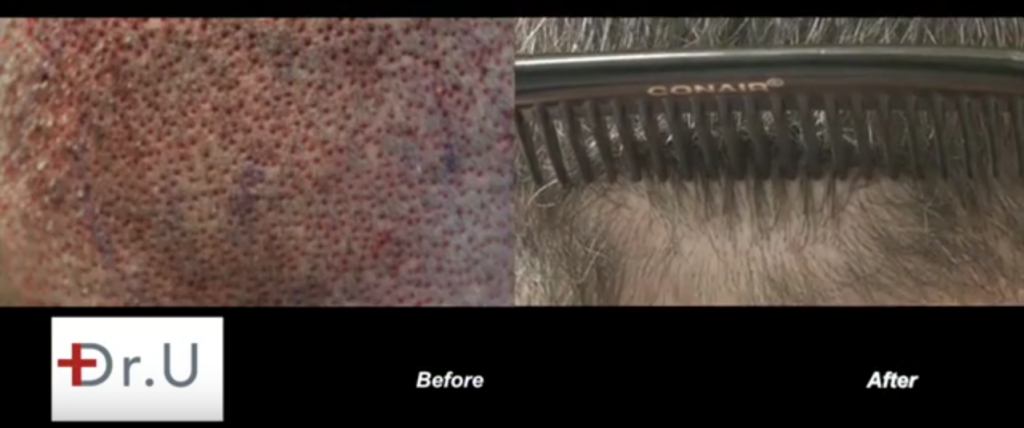
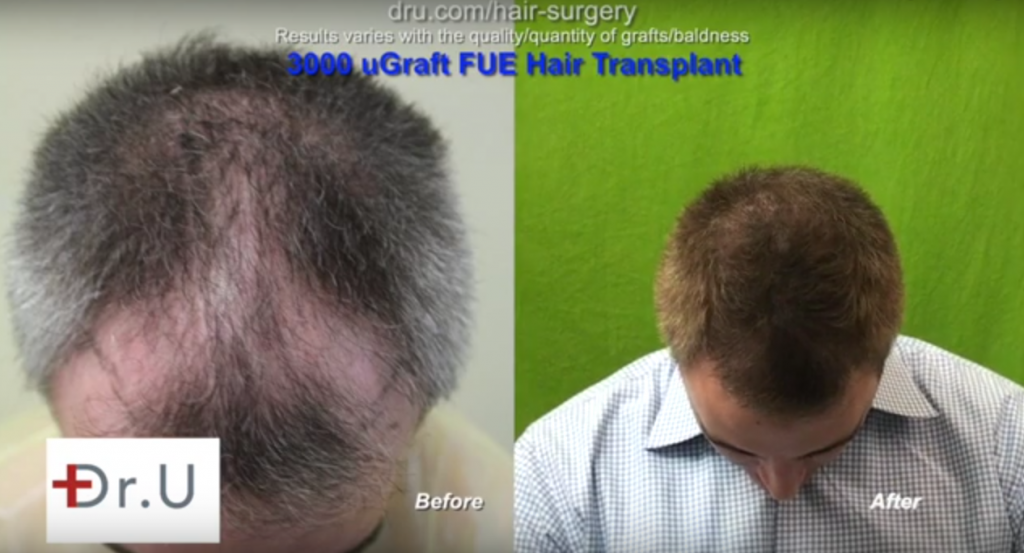
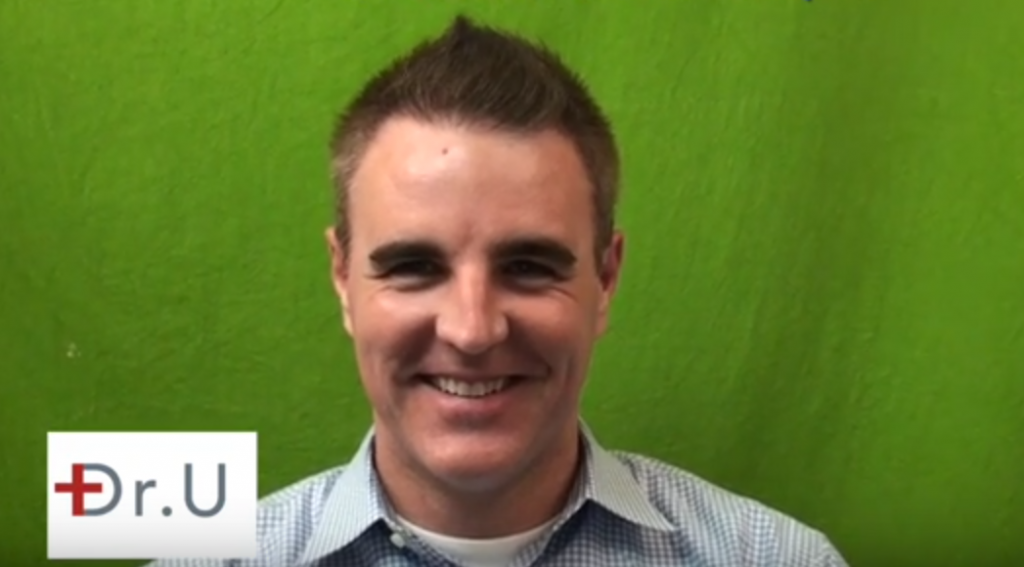
Patient #2
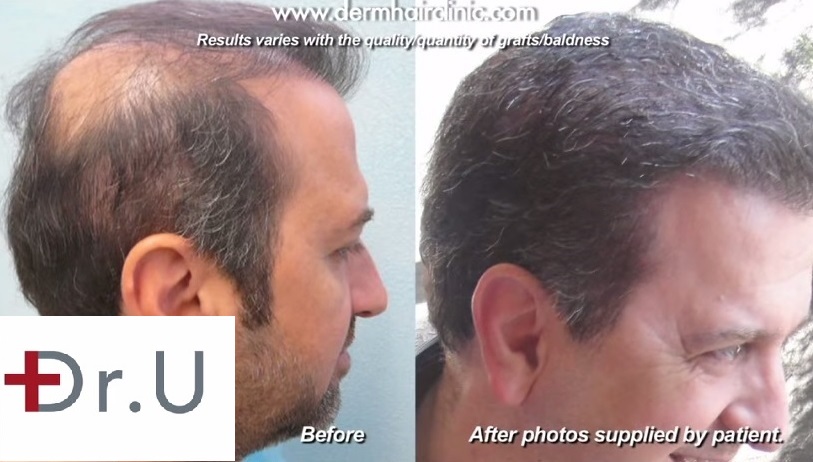
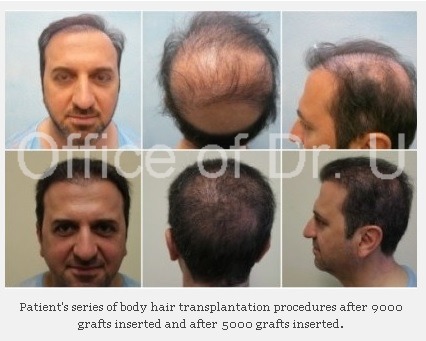
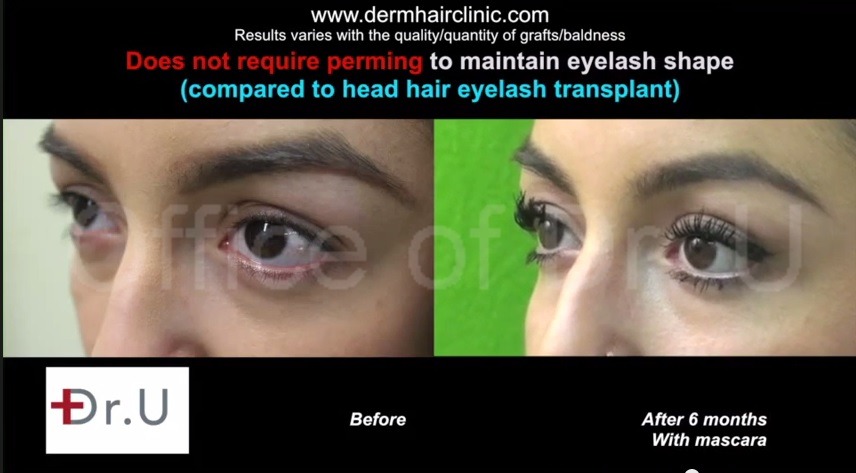
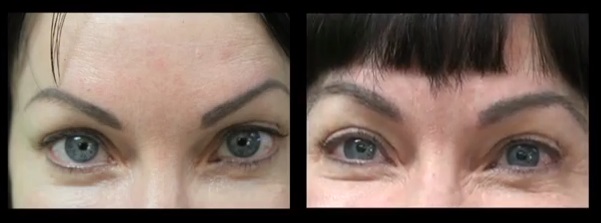
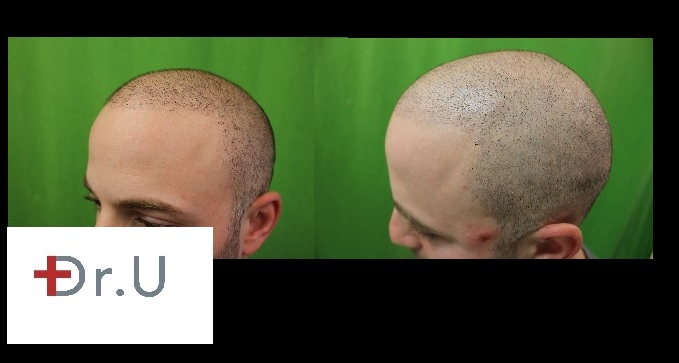
If you suffer from hair loss and would like to get your hair restoration done correctly the first time around, Feel free to consult Dr Umar directly at no cost using this free online consultation form

